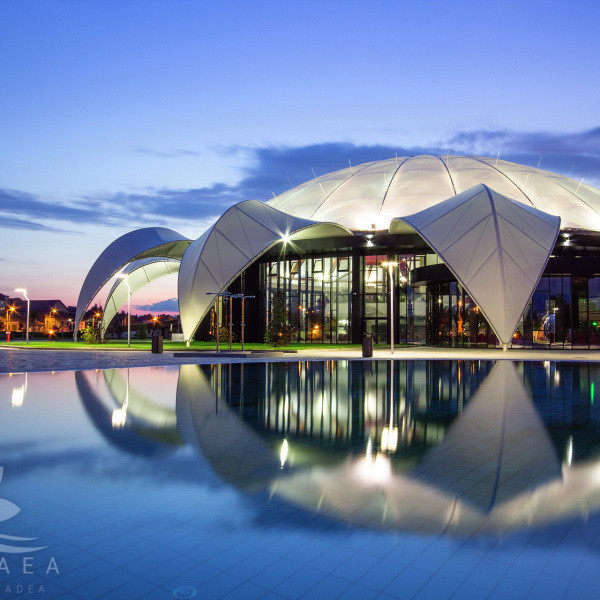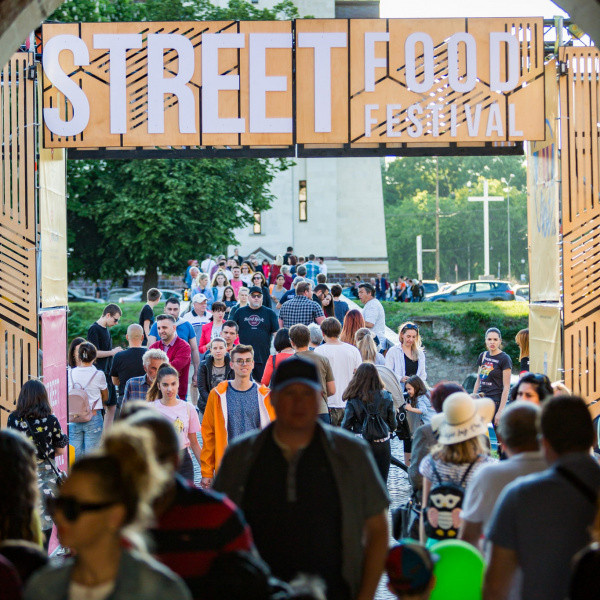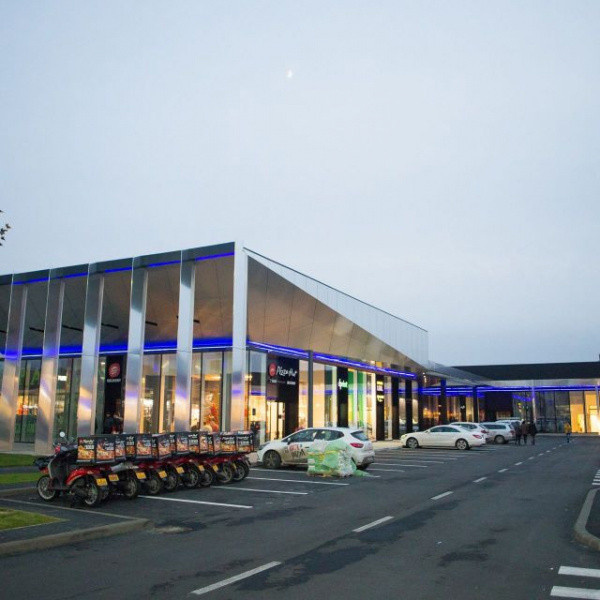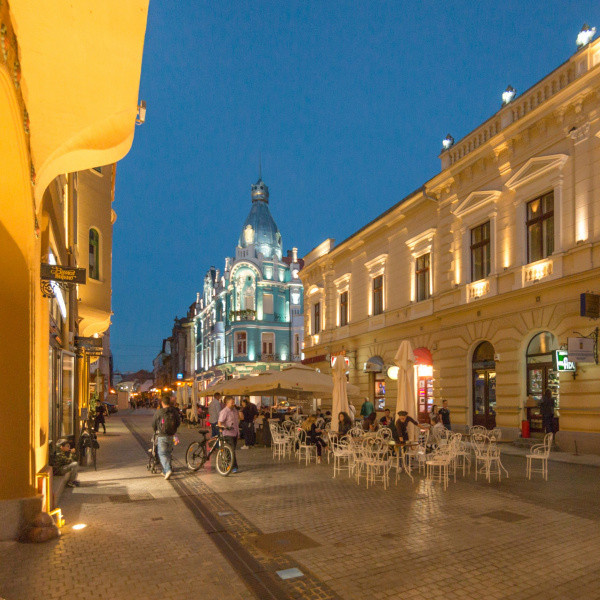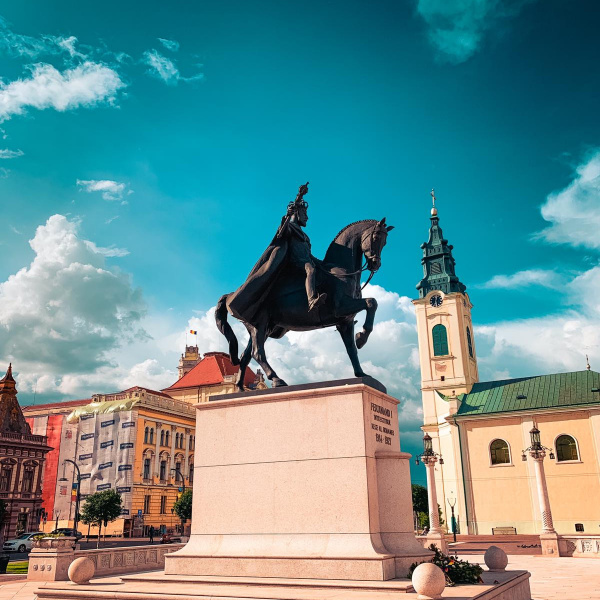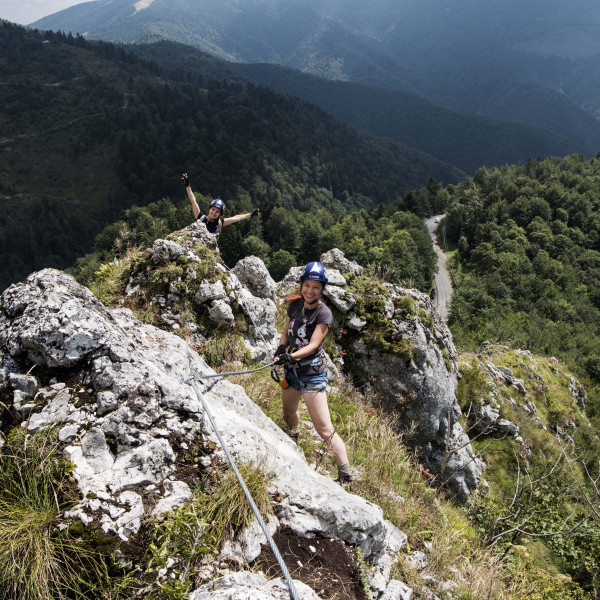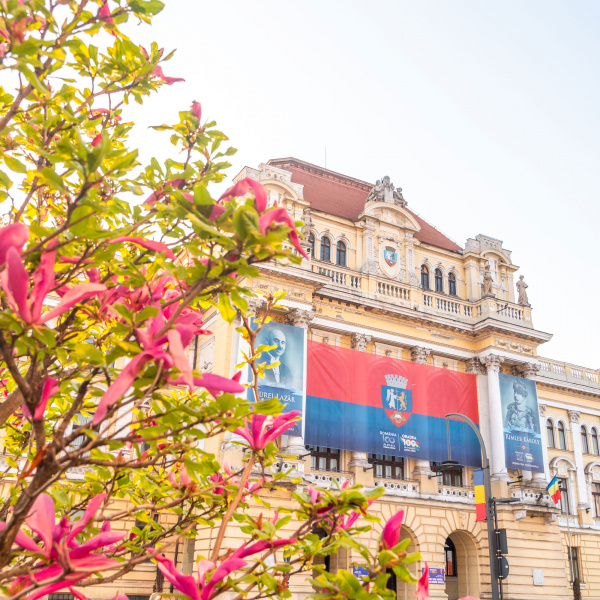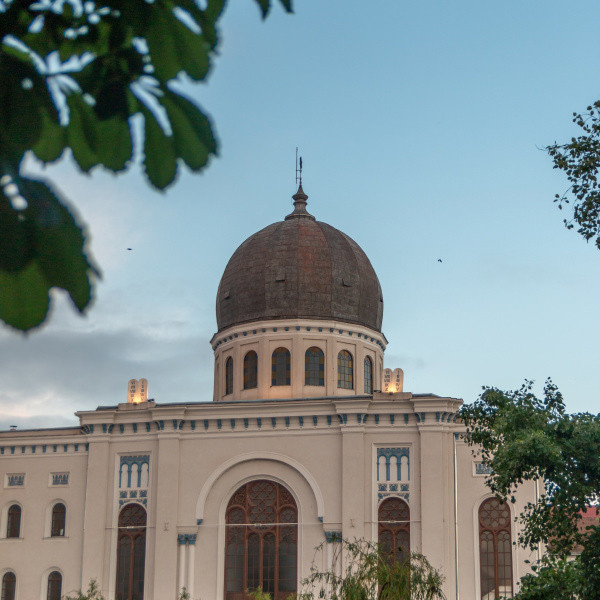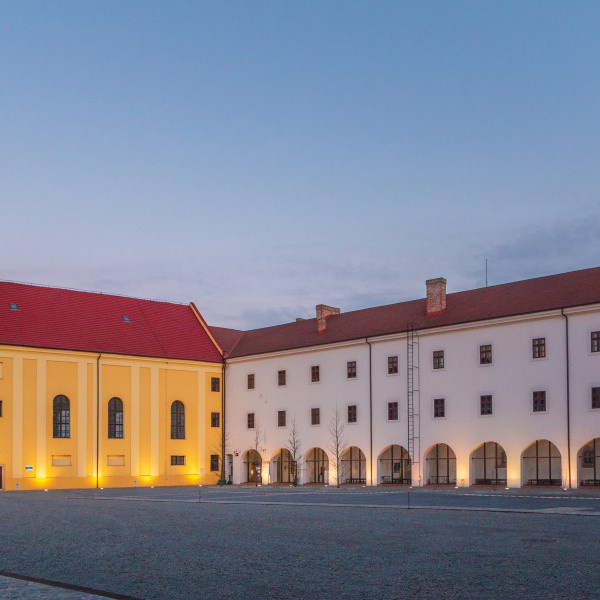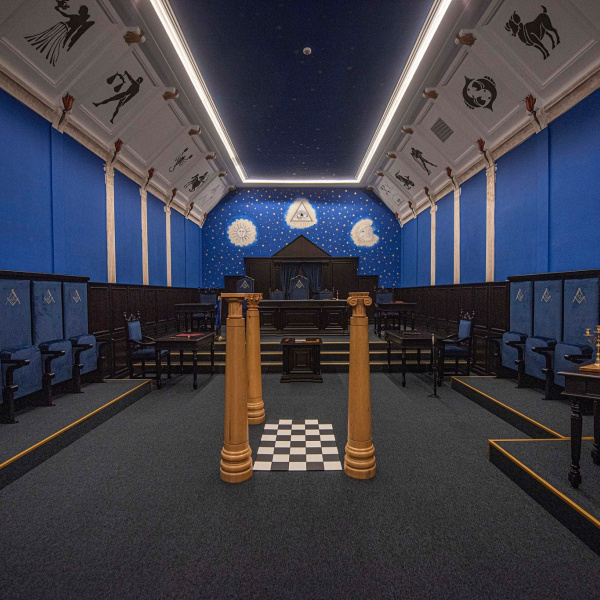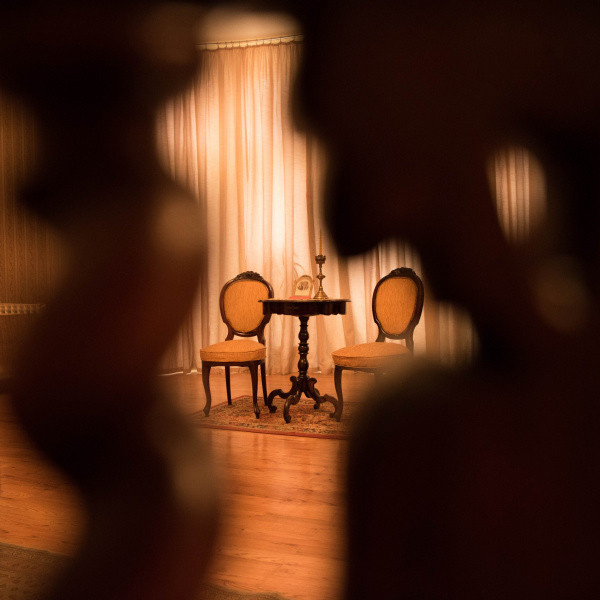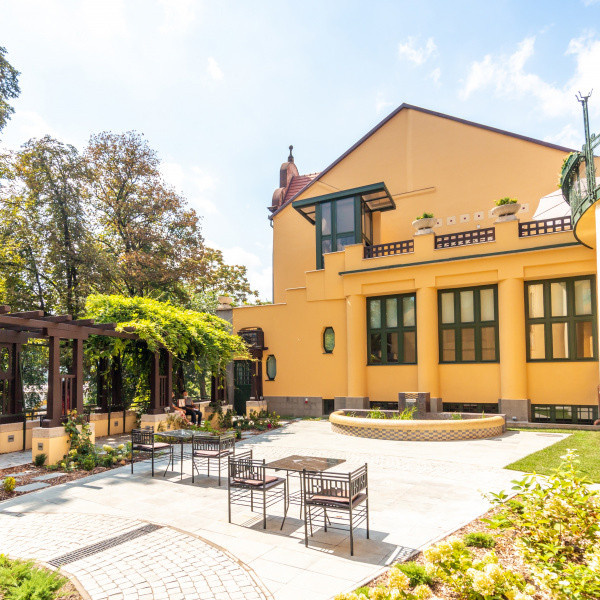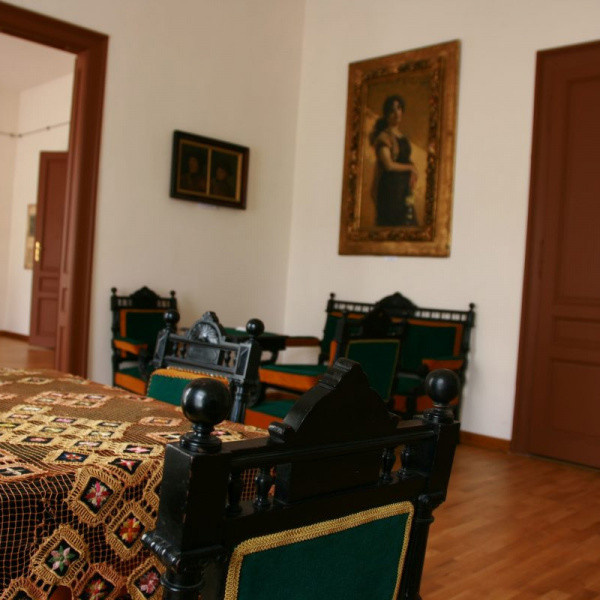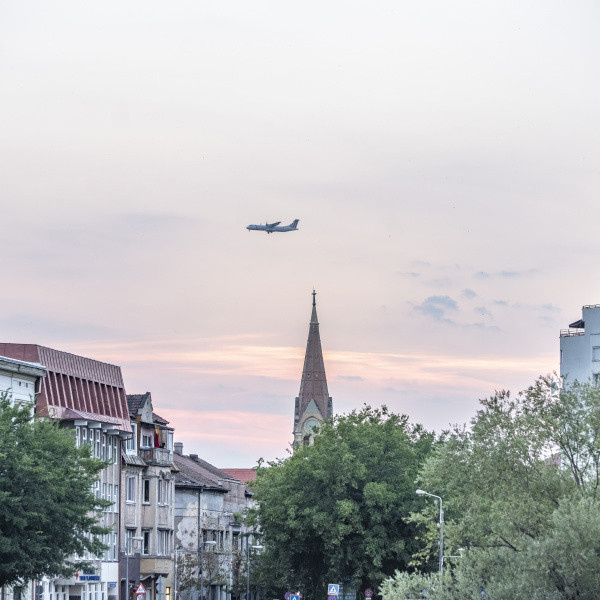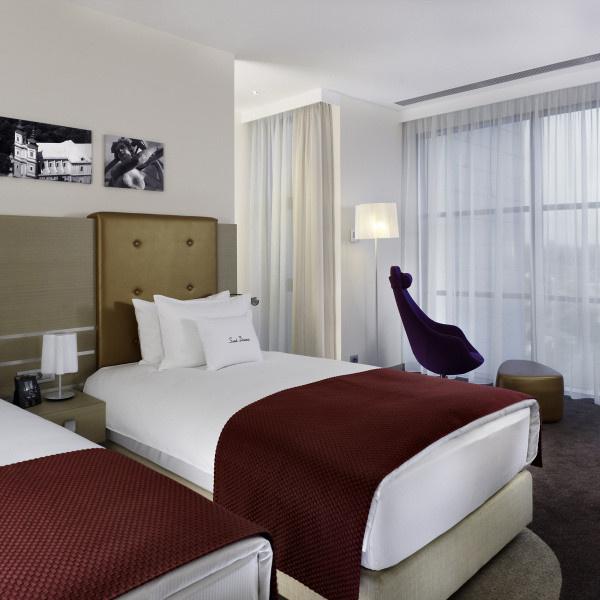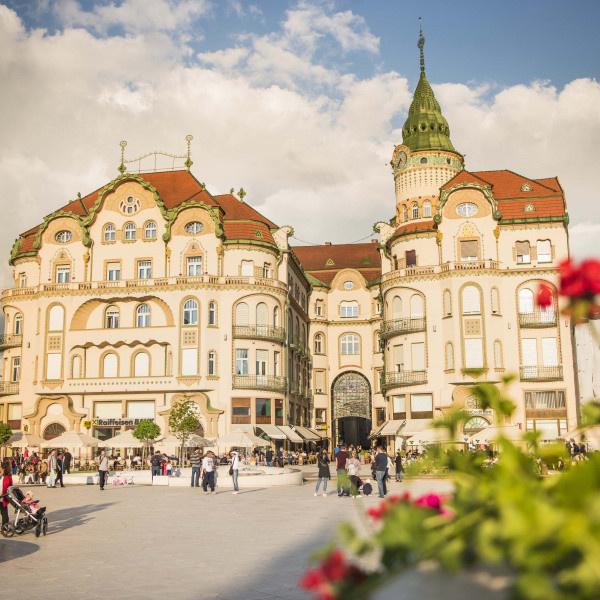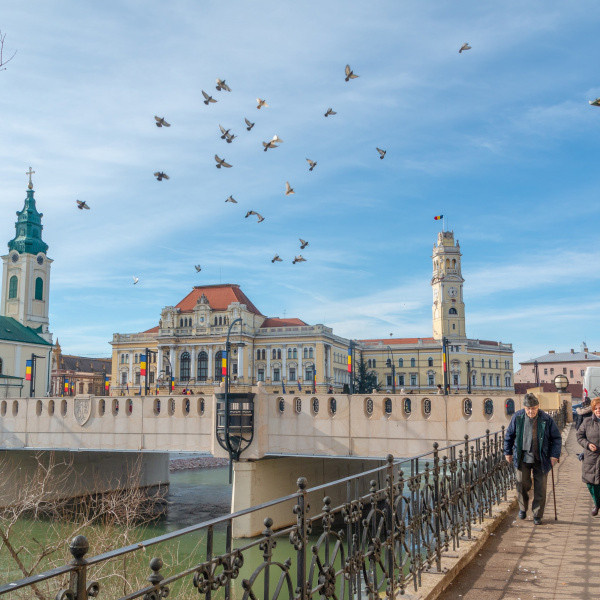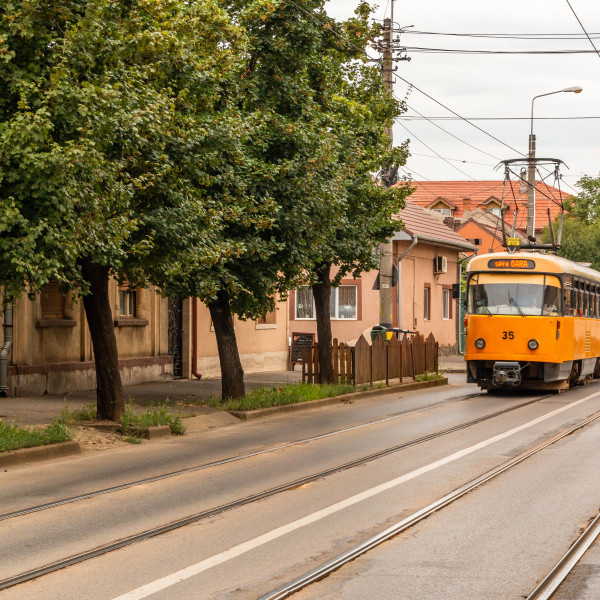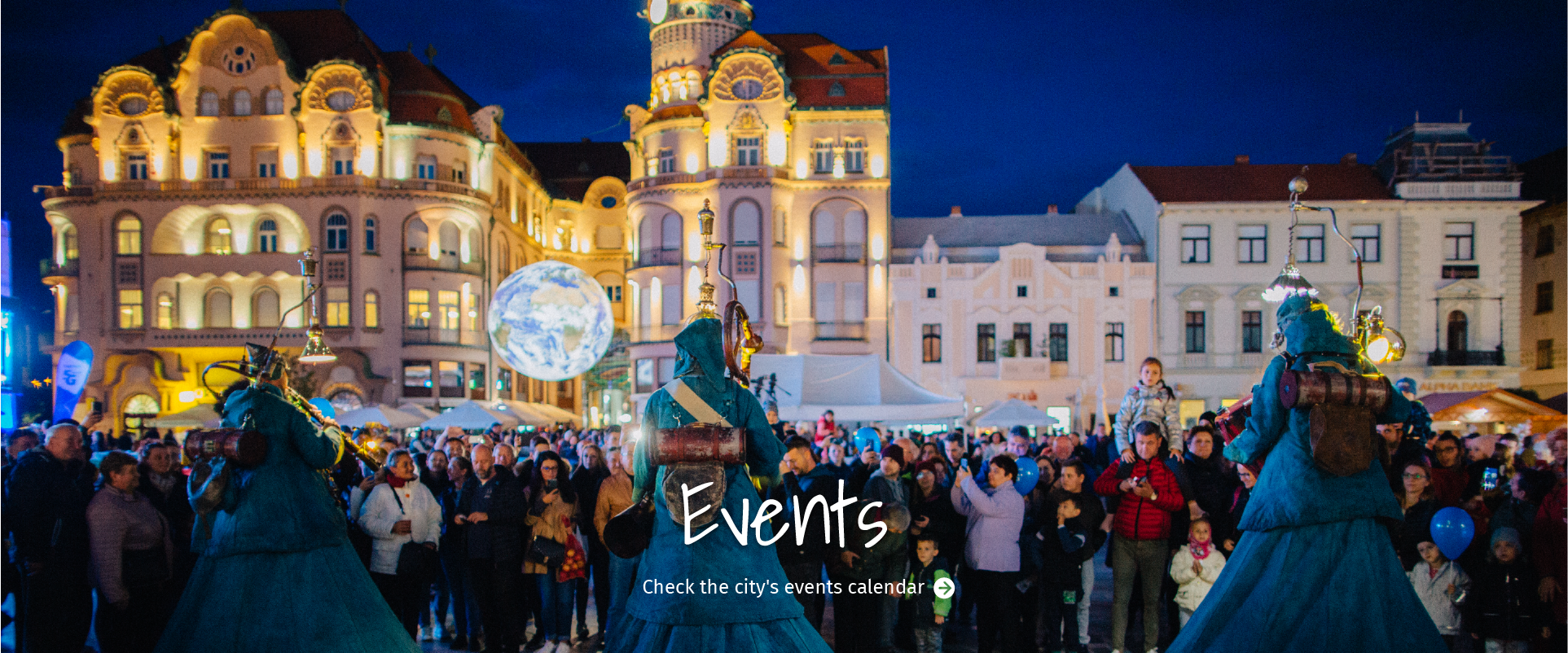When you reach the end of Republicii Avenue (Calea Republicii), it is worth taking a 10-minute walk to the Roman-Catholic Diocese of Oradea. Here you can visit the Roman-Catholic Cathedral - one of the most beautiful and imposing baroque buildings in the city. If walking is not your cup of tea, you can reach it in 5-7 minutes by tram or taxi. Book a morning or an afternoon to visit this place, you have a lot to see - www.varad.org/ro/.
The building of the complex begins and ends with the Row of Canons, between 1750-1875. The Baroque Palace was the first to be completed in 1777, and in 1779 the Roman-Catholic Cathedral was finished, to be then consecrated in 1780.
A baroque palace with 365 windows
The palace, work of the Viennese architect Franz Anton Hillebrandt, was built in the late Austrian Baroque style and was intended to be a smaller copy of the Belvedere Palace in Vienna. In 1773, the Palace was affected by a fire, but it is soon rebuilt according to initial plans, being completed in 1777.
A multitude of cultural events is organized inside the Cathedral, ranging from exhibitions to classical music concerts. There are great chances, therefore, to step straight into one of them, regardless of the period when you visit Oradea. Therefore, before arriving here, we recommend you to consult the website of the Religious Tourism Office of the Roman Catholic Diocese of Oradea, for updated information on the possibility of visiting the Baroque Complex
English-style landscaped garden
The garden of the Baroque Palace was founded at the initiative of Bishop Pál Forgách (1747–1757), who started the construction works of the most imposing Baroque cathedral in the Carpathian Basin. To this cathedral was added the monumental episcopal residence erected under the care of Bishop Adam Patachich (1759–1776).
Following the recent renovation of the garden, the almost initial configuration of the land was restored, rejuvenating the landscape atmosphere of the early twentieth century.
An English-style landscaped garden has been set up in front of the palace and cathedral. Here are two works of art of great value: the bronze statue of Bishop Szaniszló Ferenc (1850–1868) executed at the request of Bishop Schlauch Lőrinc and placed at the northern edge of the plot, and the monumental statue of St. Ladislaus originally erected in 1892 in the center of the city and placed later, after the First World War, in the center of the processional space, being until today one of the main tourist attractions of the place.
Behind the western facade of the palace there is a baroque style garden, arranged setting terraces on a hillside. The three wings of the palace, arranged in the shape of the letter U delimit an inner courtyard known as the cour d'honneur, connected to the lower terraces by a series of steps.
In front of the south wing of the palace there is a geometric composition of shrubs, this time in the shape of a lyre, reminiscent of the glory days of Oradea classical music, when the cathedral orchestra, founded by Bishop Adam Patachich, was led by personalities such as Johann Michael Haydn or Carl Ditters von Dittersdorf.
Contact
Address: Str. Șirul Canonicilor nr. 2
Tel: +40 771 612 714
E-mail: tourinfo@varad.org
#TravelTips

It is worth stopping for a few minutes in Sándor Petőfi Park, located right next to the Baroque Complex. You can relax in the peaceful shade of the chestnut trees before heading on to other objectives.






/Complexul_baroc/DSC_2722_optim-700x400.jpg?token=7715ff2bf64a181801859fce1853517c)
/Complexul_baroc/DSC_6181_optim-700x400.jpg?token=5321909544ce56278a287663b0897d3a)
/Complexul_baroc/DSC_6186_optim-700x400.jpg?token=58d27cfc357b436403f830e4f0950978)
/Complexul_baroc/IMG_0807__1_optim-700x400.jpg?token=c8d8c68509a8aa6d23ed1dac7b0db7b4)
/Complexul_baroc/IMG_0813__1_optim-700x400.jpg?token=3d6962dea508bf6719af0b4e77ace33f)
/Complexul_baroc/IMG_0825_optim-700x400.jpg?token=d1b9f6dfaec303b70618baa5368fa99d)
/Complexul_baroc/IMG_0828_optim-700x400.jpg?token=78f9c014173582ef9d702b7db2e93fa2)
/Complexul_baroc/IMG_0831__1_optim-700x400.jpg?token=eb8c903fc1b96051a7d3f1df6800b0ce)
/Complexul_baroc/IMG_0976_optim-700x400.jpg?token=c39a6ed687012ca391538102594cd367)
/Complexul_baroc/IMG_0979_optim-700x400.jpg?token=d55d6d2a6ab3ca0d3e3839b7e50f28fa)
/Complexul_baroc/IMG_0982_optim-700x400.jpg?token=334297aac3bda246234a5902c4361957)
/Complexul_baroc/IMG_0991_optim-700x400.jpg?token=def6f34bf2f3c7c148533a991a508d04)
/Complexul_baroc/IMG_1004_optim-700x400.jpg?token=54a15c166362034b4b00ec2151841f84)




